





In the 1950s, when a converted VW Bulli appeared among all the tents on campsites, it was an absolute eye-catcher. Even today, an iconic T1 or T2 bus causes quite a stir. The now rare species usually flashes out in bright colours between large, white boxes, which have almost replaced the many wigwams of earlier holidays. The convenience of modern motorhomes has simply prevailed. In the last few years, however, more and more tents have been seen on European campsites alongside panel vans, motorhomes, caravans and luxury liners. Not on the ground, however, but one storey higher.
Sophisticated roof tents that you simply attach to your own car are becoming increasingly popular. The choice of mobile accommodation is huge these days. Anyone who visits one of the popular travel trade fairs such as the Caravan Salon in Düsseldorf or the CMT in Stuttgart will be overwhelmed by the sheer number of different solutions for self-sufficient travelling. The requirements are diverse: a couple travelling to the sea to go surfing is looking for a different mobile home than a family with three children taking five bikes with them. In our type overview, we show the advantages and disadvantages of each campervan. This way, you can narrow down your search for your dream campervan and save yourself a visit to one or two halls at the next trade fair. Or you can set the right filters when buying used.
The van
Despite many modernisations, the original version of the European camper van remains largely true to the original from the 1950s. The rear seats can be converted into a bed, a small table can be hooked in or folded out and a mini kitchenette is sufficient for making coffee or warming food. With a pop-up roof, in which two children can sleep, the vehicle, which is suitable for everyday use, even fits into underground car parks (no duplex). The bus is more sleeping space than living space. You live more outside. Most pop-up roofs can also accommodate windsurfing equipment to a certain extent.
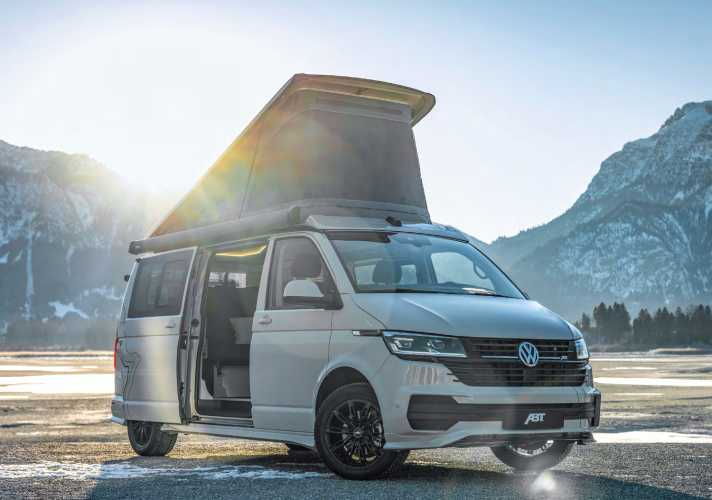
Suitable for everyday use, manoeuvrable, car-like driving experience, low fuel consumption
limited headroom, not suitable for winter, little storage space, no bathroom
- Target group:Couples or small families with little equipment who also use their camper in everyday life.
- Persons:max. 2 adults and 2 children
The panel van
The popular "boxes" are the best compromise between driving and living. With a compact bathroom, you are equipped for all situations. Even in bad weather, you can cook and stay self-sufficiently in the vehicle, although space is limited. From the couple's flat with transverse or lengthways beds to the family motorhome with pop-up or high roofs, there is a wide range of variants. The Fiat Ducato is most commonly used as the basis for the conversion, as its width allows space-saving transverse beds. On a normal high roof, there is plenty of space for windsurfing luggage if you can do without some of the roof windows. However, you have to get up high to do this, without a ladder nothing works.
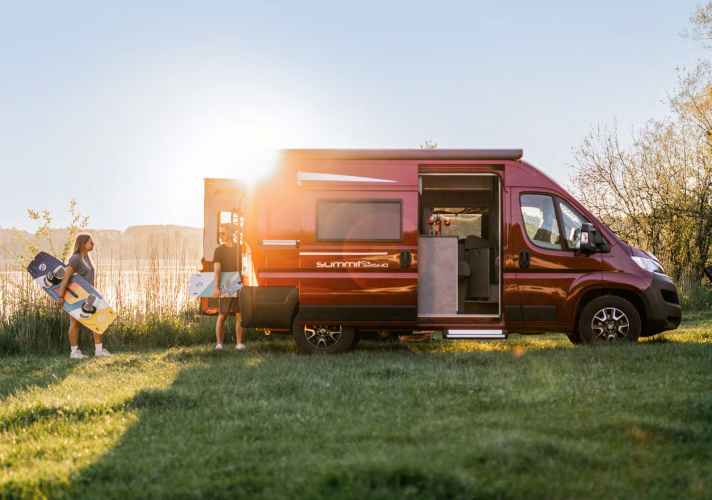
Safe sheet metal cell, suitable for urban use as no wide body, unobtrusive
Limited storage space, loss of comfort, poor insulation
- Target group:Couples or small families who appreciate the comfort of a small bathroom and enjoy travelling self-sufficiently with many changes of location.
- Persons:max. 2 adults and 2 children
The alcove mobile home
The classic with the striking dome above the driver's cab is perfect for families, as living and sleeping are possible without conversion. In addition to the double bed in the alcove, there are variants with bunk beds, single beds or a French bed in the rear. The centre seating group can also be converted into a sleeping area if required. Up to 6 road-legal seats then offer the larger family all holiday options. In alcove motorhomes with large rear garages, there is also space for extensive family equipment. There are also roof rack options for almost all models, which can be conveniently loaded using the rear ladder
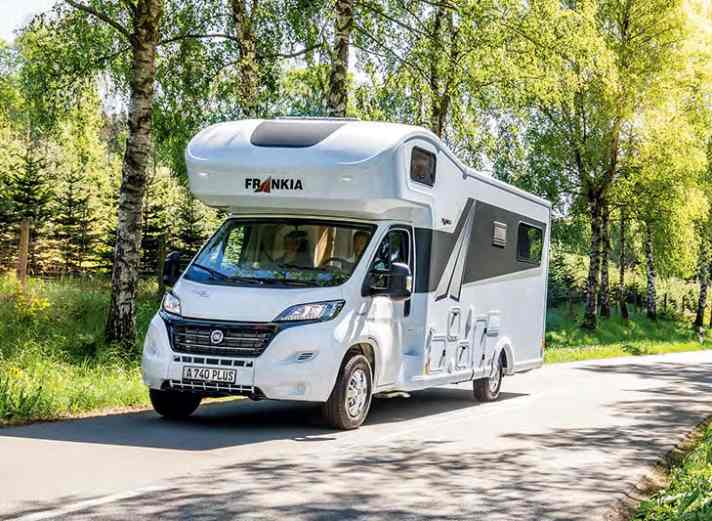
Plenty of space, good utilisation of space, sleeping without conversion, retreat for children, nice living feeling thanks to plenty of headroom
More fuel consumption due to increased air resistance, vehicle height, high centre of gravity, susceptible to crosswinds
- Target group:The ideal vehicle for families with lots of luggage and equipment who want an uncomplicated holiday.
- Persons:max. 4 adults and 2 children
Semi-integrated motorhome
While alcove motorhomes usually have two fixed seating groups facing each other, the seats of the driver's cabin are turned towards the living area in the more elegant-looking semi-integrated models. This creates a spacious living atmosphere. This is why more and more families are opting for semi-integrated motorhomes as well as couples. In addition to the rear bed, a drop-down bed is lowered above the seating group. However, the living space can then only be used to a limited extent. Depending on the model, there are rear garages of different sizes, or you can choose a model with roof racks and a rear ladder. Another option for motorhomes, whether alcove, integrated or semi-integrated, is to store the equipment on the rear wall. However, this usually requires customised solutions.
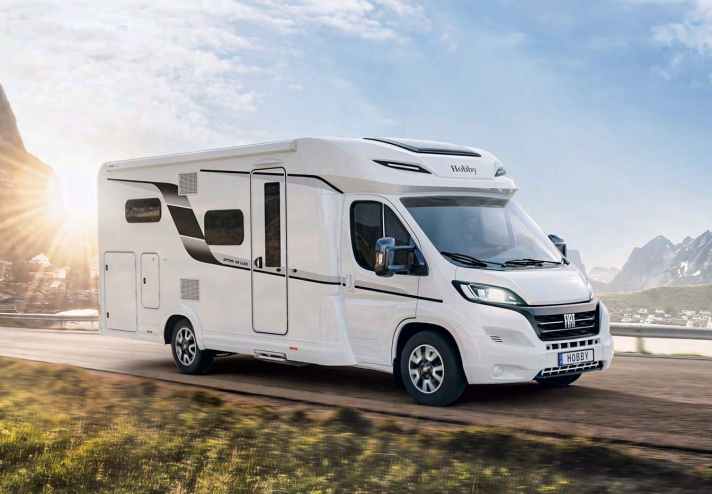
low height, good aerodynamics, plenty of space with short overall length
Seating group can no longer be used when the drop-down bed is lowered
- Target group:Couples or families for whom living comfort is important or who appreciate a lower clearance height for tunnels and bridges
- Persons:max. 4 adults
Fully integrated motorhome
The "white whales", as they are often derisively called, are the luxury flats among motorhomes: The body, which is built completely around the vehicle manufacturer's "blank", allows the most flexible layouts. The double floor offers plenty of storage space, and large equipment fits into huge rear garages. Longer models offer two separate rooms. Fully integrated motorhomes are the luxury liners among motorhomes, so you have to dig deeper into your pockets.
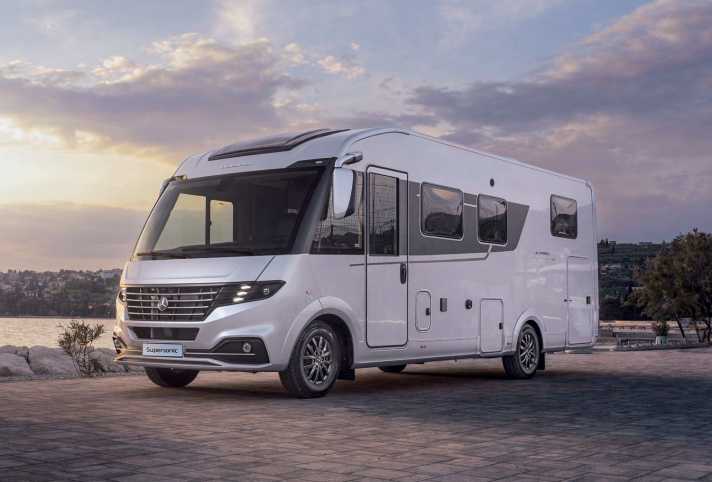
Best feeling of space, fully suitable for winter, maximum storage space
most expensive variant, often over 3.5 tonnes gross vehicle weight rating, size when driving
- Target group:The space miracle for couples or families who want maximum comfort and are prepared to dig deeper into their pockets for it.
- Persons:max. 6 adults
The roof tent
When you see a roof tent, you might think: it's cheap, otherwise you wouldn't do it. But far from it. Rooftop tents are great! It's neither camping nor sleeping outside, but something in between. It's an adventure, but very comfortable by car. It's reminiscent of the old days when you pitched your tent under the stars, but you don't have to carry it in your rucksack any more. The windsurfing equipment also needs to come along. However, this is only possible to a limited extent, as everything has to fit in the car.
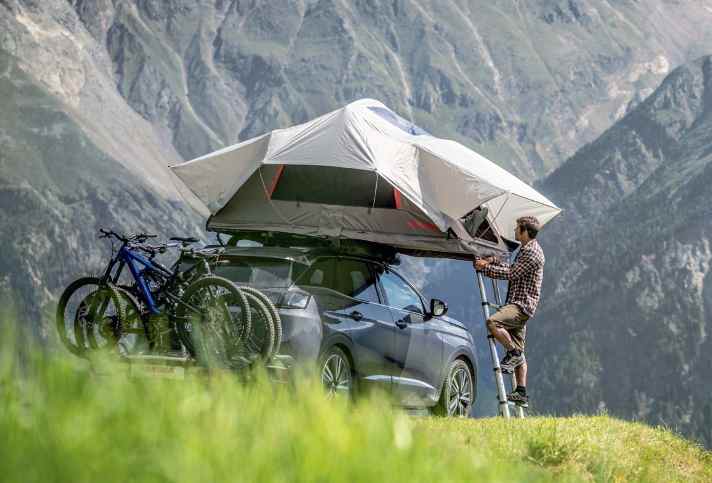
own car can be used, favourable, adventure feeling
Ladder access, only car storage space, no insulation, assembly and dismantling take time
- Target group:Couples or families with small children who love outdoor holidays, who don't want to spend a lot of money on camping, and anyone who finds other forms of travel too bourgeois.
- Persons:max. 2 adults and 2 children
Caravan
From a cosy egg for two to a double-axle vehicle with eight berths, there is something for everyone in the caravan segment. The philosophy of travelling is the decisive factor in deciding whether to opt for a caravan instead of a motorhome. Travelling from place to place with a long caravan is unlikely. Once you've settled in, you usually stay put for the whole holiday. Take the car for excursions. There is enough space for sports equipment including bikes. The car must be suitable for towing the trailer.
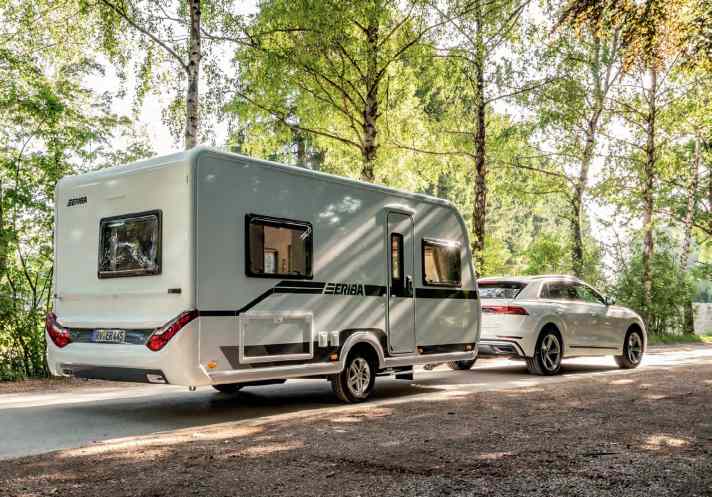
Mobile on site by car, cheaper than motorhome
Only overnight stays at campsites, parking space required at home
- Target group:Couples or families who set up on a campsite and even use their caravan as a year-round weekend home in addition to holiday trips.
- Persons:max. 4 adults and 4 children
The expedition mobile
What motorhome traveller doesn't dream of this: instead of returning home at the end of their holiday, they simply drive on through the whole of Europe - or by ship to another continent to explore the most remote areas. More people than you might think fulfil this dream. The industry of conversion companies specialising in world travel and expedition vehicles is growing steadily. Even used vehicles, e.g. from old fire brigade or THW (German Federal Agency for Technical Relief) stock for self-builds are now rare commodities.
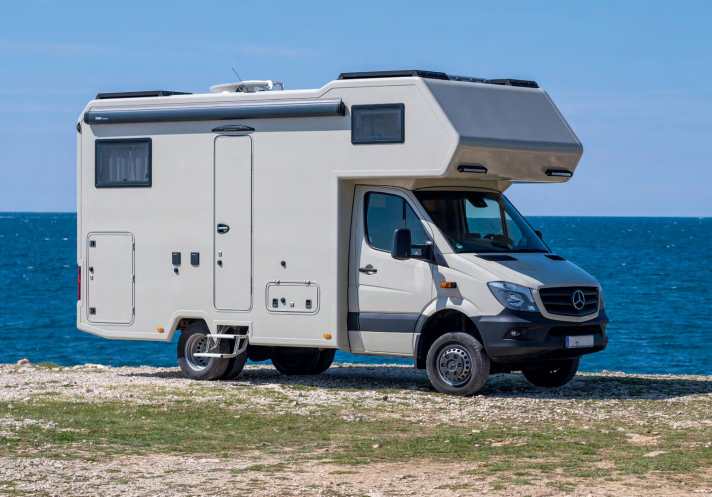
Can also be used off-road, predestined for long and self-sufficient journeys
extremely expensive, not available "off the shelf", fuel guzzler, almost always over 3.5 tonnes
- Target group:For individualists who want to go on long journeys without compromising on comfort.
- Persons:individual

